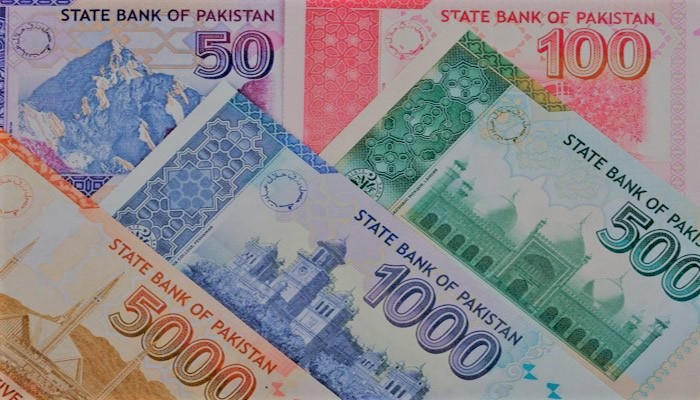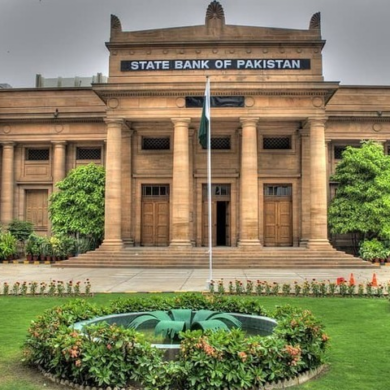The rupee fell to an all-time low on Tuesday (14 September) as importers rushed to acquire dollars, putting the currency at risk from a widening current account imbalance.
A rise in the food import bill and sluggish export growth have increased the rupee’s vulnerability, and the prognosis remains gloomy.
In the interbank market, the rupee closed at 168.94 to the dollar which is 0.50 percent or 84 paisas down from Monday’s finish of 168.10. Before this closing, the all-time low of the rupee was recorded in August 2020 which was 168.43.
Considering the low records of the rupee, it has gone down 7% during this fiscal year.
According to a dealer of one commercial bank “The supplies (of dollars) were inadequate because of the weight of demand for dollars from importers.” He added, “Any comfort for the rupee was not seen given the central bank’s market-based exchange range regime, where the market forces determine the currency’s moves.”
According to analysts, the rapid increase in imports is being driven by increasing international commodity costs, particularly oil, as well as strong domestic demand.
Muhammad Awais analyst at Foundation Securities said, “Imports crossed $6 billion mark for the second time in last three months and remained above the $5 billion mark for the last six months, due to uptick in economic activity amid higher commodity prices has put pressure on rupee as the SBP (State Bank of Pakistan) is using it as the first line of defense.”
In addition, he also said, “Skyrocketed freight charges have further aggravated the situation as the freight charges for imports from Shanghai to Karachi has crossed the $9,000 mark.”
Concerns about an increase in the country’s import bill have risen as global commodity prices have risen. This fiscal year, businesses are also expected to import raw materials and capital goods to create new factories and expand existing facilities using the State Bank’s Temporary Economic Refinance Facility. This places a strain on the local unit.
Current fiscal year:
- In August, the trade imbalance increased by 133 % year on year to $4.05 billion.
- It jumped 114 % to $7.32 billion in the first two months of the current fiscal year.
- Imports rose 89.9 % to $6.31 billion in August
- Exports increased 42.5 % to $2.25 billion.
Analyst at Tresmark Faisal Mamsa said, “Traders are looking at the central bank for direction and lack of a strong anchor from SBP will cause the rupee to keep depreciating and further an atmosphere of lingering uncertainty, posing risks to an already fragile state of recovery.”
In addition, he also added, “Covid inflation is a big concern in economies across the globe. But higher structural inflation vis-à-vis the US will continue to pressure the rupee.”
Effect of Afghanistan Regime
There are analysts who apart from blaming the depreciating value of the rupee on domestic factors also considers the change in the Afghanistan regime.
CEO of Alpha Beta Core Khurram Schehzad said, “The extra pressure on the rupee is due to the Afghanistan factor and the rupee remained under stress since the Taliban took control in Afghanistan and withdrawal the US forces from the country.”
State bank of Pakistan
$1.2 Billion were invested by the SBP (State Bank of Pakistan) into the inter-bank market to defend the depreciating value of the rupee, however, the recurrent efforts could not stop the falling of the local currency.
The stated policies are given by IMF (International Monetary Fund), central bank, and the finance ministry state that the value of the rupee depends on market forces.
The $1.2 billion injections could not halt a sharp depreciation of the rupee, which eventually fell to Rs168.94 to the dollar from Rs155.74 when the central bank began pumping money into the market.



